The discontent arose because Ferrari did not have the required number of racing cars to compete in other categories, leading the International Automobile Federation (FIA) and the Automobile Club of Italy (ACI) to not homologate the brand's 250 LM model. Faced with this situation, Enzo Ferrari, in an act of defiance, vowed never to compete again with the brand's characteristic red color.
With only two races remaining in the F1 season, Ferrari decided to compete under the name of the "North American Racing Team" (NART) and presented a car painted in blue and white colors. This radical change in the appearance of Ferrari's iconic single-seaters did not go unnoticed and added an element of intrigue and excitement to the championship.
Despite initial concerns, Ferrari demonstrated its dominance on the track by securing both the Constructors' and Drivers' titles. John Surtees, behind the wheel of the blue and white car, achieved outstanding results by finishing second in the last two races in the United States and Mexico, earning him the world championship.
This brief but memorable episode in the history of Formula 1 and Ferrari highlights the determination and distinctive character of the Italian racing team. Although the blue and white colors were replaced by the classic red the following year, the 1964 season remains a reminder of Ferrari's ability to adapt and triumph in the most challenging circumstances.
Ferrari, a brand intrinsically associated with the color red in the world of motorsport, surprises the public by announcing its return to light blue at the Miami Grand Prix. This unexpected turn in the color palette of the Italian racing team pays homage to its rich history and provides an opportunity to relive legendary moments.
The history of blue in Ferrari dates back to 1950 when driver Raymond Sommer made history by competing with a blue Ferrari in the Monaco Grand Prix. Since then, blue has left an intermittent but significant mark on the brand's trajectory.
One of the highlights was in 1964 when Enzo Ferrari decided to withdraw his team from the final races of the season as a political act. However, the "North American Racing Team" took the reins, presenting Ferrari cars with distinctive blue and white livery at the United States Grand Prix. This bold move culminated in John Surtees' victory and the consecration of blue in Ferrari's history.
In addition to racing, blue has also been present in the team's attire during the 1950s and 1960s, reflecting the traditional colors of Modena, the hometown of the racing team.
Inspired by this rich heritage, Ferrari joins forces with PUMA to launch a limited edition collection that recalls the team's legendary blue suits. This exclusive collection, which includes varsity jackets, team shirts, and racing boots, will be available for fans who wish to relive the nostalgia of bygone eras.
During the Miami Grand Prix, star drivers Charles Leclerc and Carlos Sainz, along with the entire team, will proudly wear these garments, carrying forward the rich heritage of light blue.
This initiative not only celebrates Ferrari's past but also marks a new chapter in its evolution towards the future.
The PUMA x Scuderia Ferrari Miami Limited Edition Collection is now available at select PUMA stores, Scuderia Ferrari outlets, and online. Join the history and be part of this exciting return to light blue with Ferrari at the Miami Grand Prix.
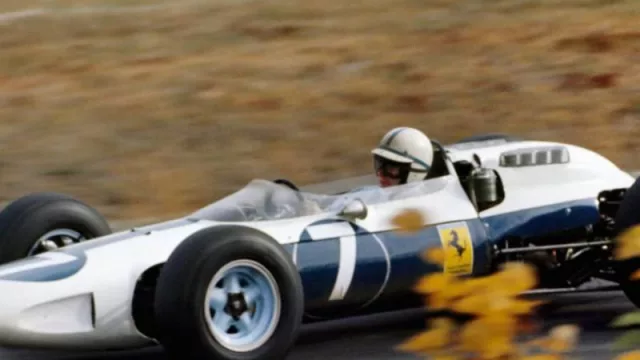
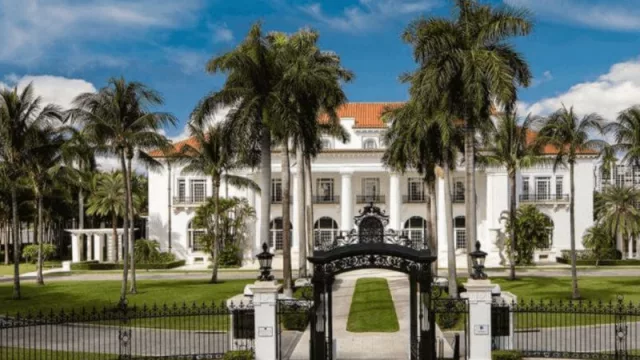
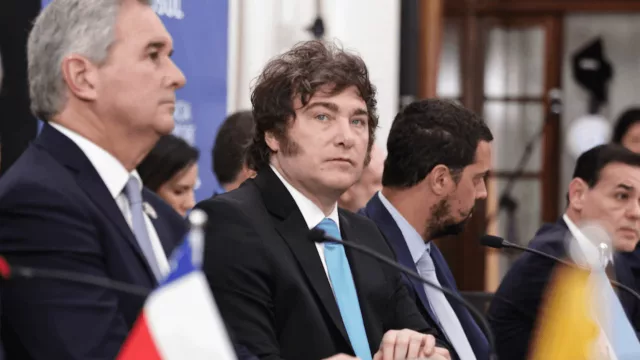
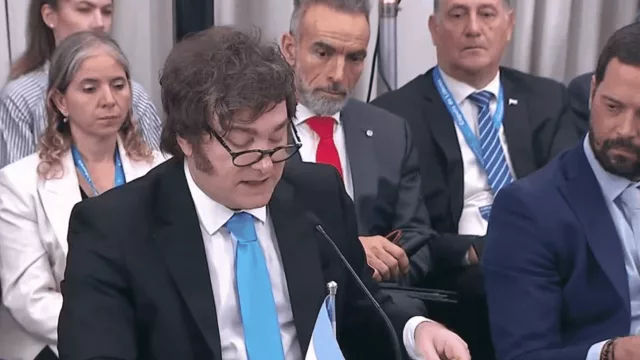
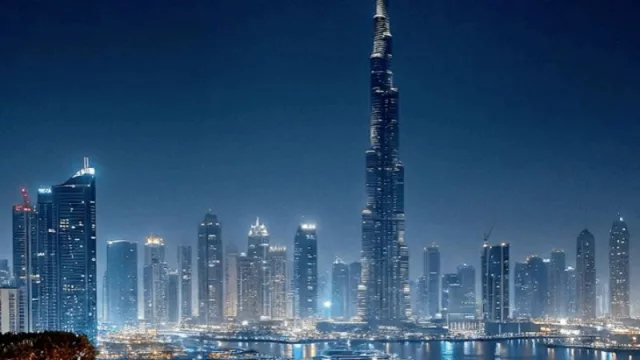



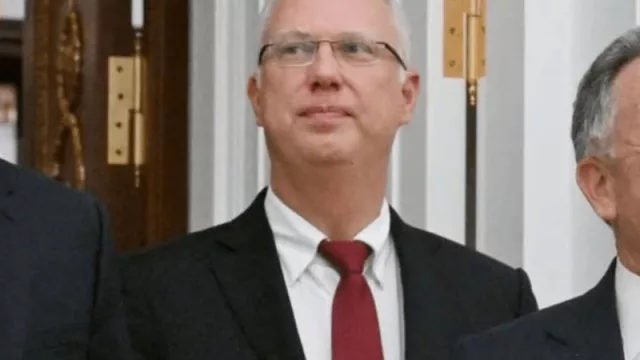
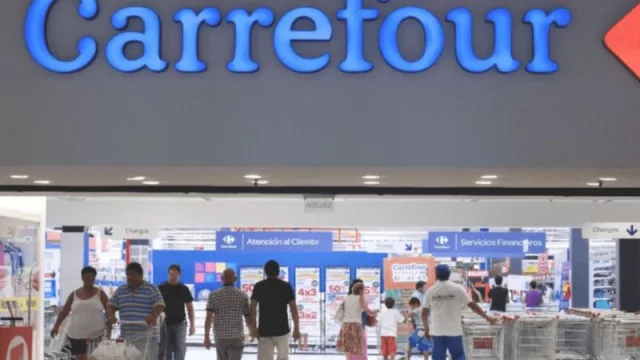


Tu opinión enriquece este artículo: